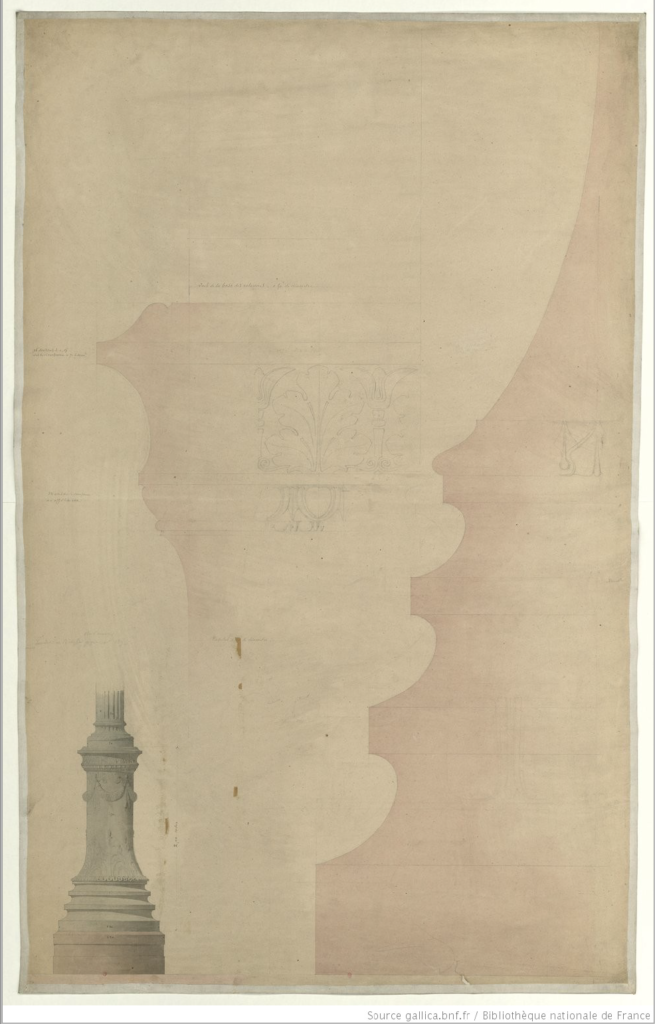
The objective of the research is to gain a better understanding how material culture is generated from its different processes of making and design. This knowledge is needed to face upcoming material challenges in the architectural domain, related to issues of sustainability, questions of re-use and the digitalization of the production processes. Material culture studies, incorporating a range of scholarly inquiries, research ‘the reciprocal relations between people and their objects’. What can architecture, in its capacity of producer of material culture, add to the knowledge field? In art history the material literacy of the artist is formulated as ‘a broad sensitivity to material and their diverse meanings’. How can this term be transposed to the field of architecture and what is the role of the architect in the process of ‘making’? Can we formulate the material as an agent in the design process?
The research focuses on the iron column as one of the first building elements that was created through an industrial manufacturing process. The research methodology operates through the formulation of a number of case studies, each detecting an evolutionary transgression in the production of the iron column (the casting, rolling, cladding, finishing and construction procedures). Exemplary projects will question the transformation of an industrial product into a cultural artefact and identify architectural questions or themes. By illuminating the role of the material as building element, the research will expand the material vocabulary and the notion of material literacy in architecture. The results will add fuel to the material debate, in- and outside the discipline and it will help to understand how material challenges can turn into opportunities.
Funded by the KU Leuven
Supervision: Caroline Voet (KU Leuven) and Lara Schrijver (U Antwerp)
PhD-student working on the project: Eireen Schreurs
